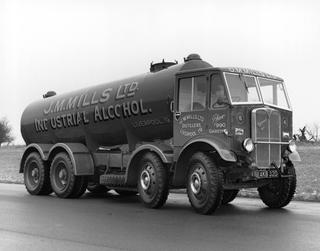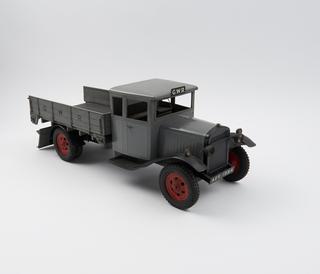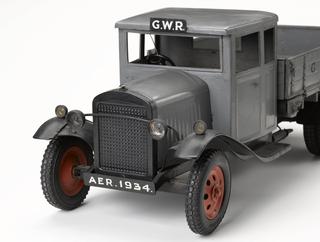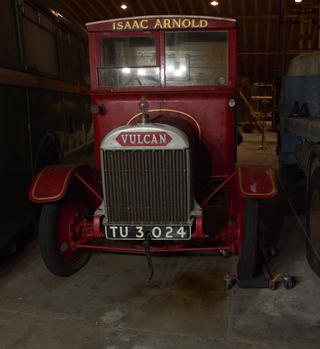
AEC Mammoth Major Mk 1 four axle lorry
1934

1934

1914-1918


1949

1919

1932

1926

1917-19

1934



1940-1945


1929
1952
1912-1914
1914-1918
1950
1920
1961
1970
1904-1909